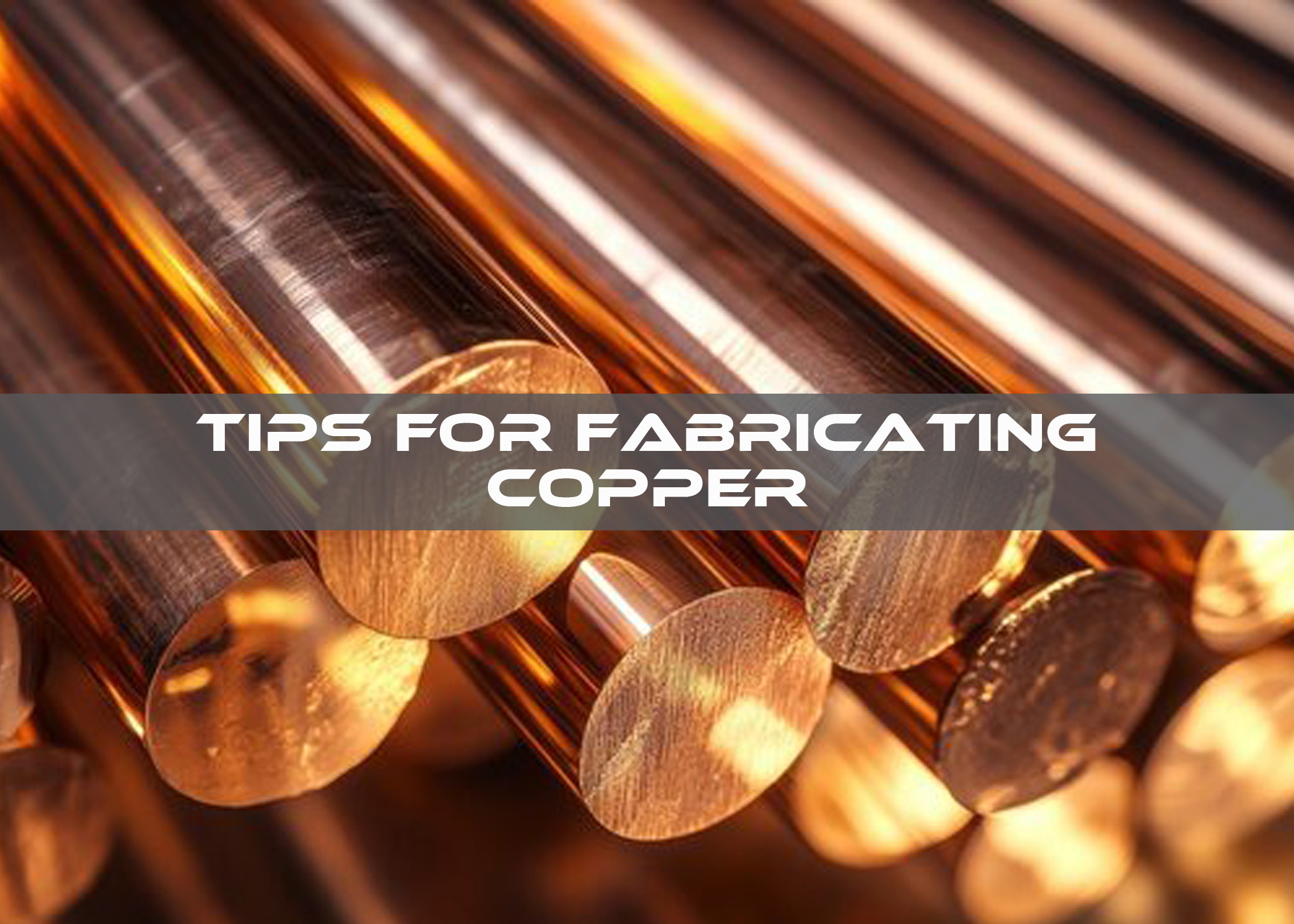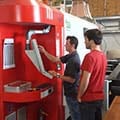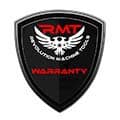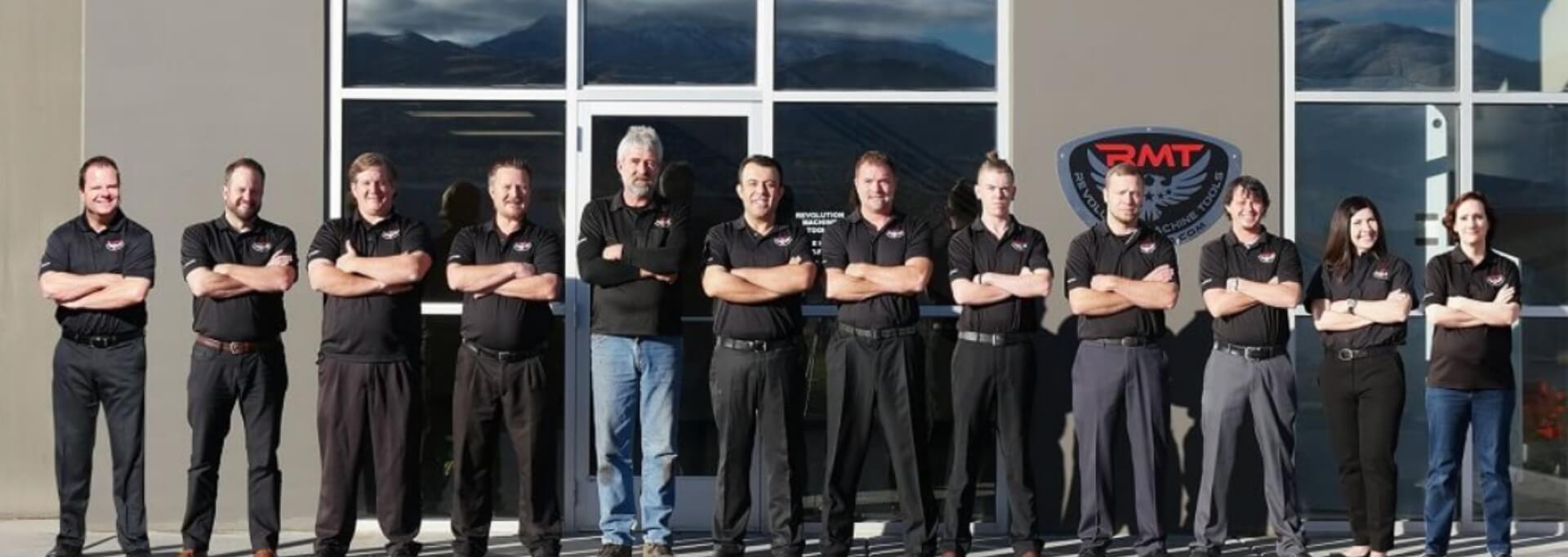Copper is one of the most versatile and widely used metals in various industries, including construction, electrical engineering, and artistic design. Its excellent thermal and electrical conductivity, corrosion resistance, and malleability make it a preferred choice for many applications.
However, fabricating copper requires a thorough understanding of its properties and the right techniques to ensure precision and quality. Here are some important tips for successfully fabricating copper.
Understanding Copper’s Properties
Before working with copper, it is essential to understand its physical and chemical characteristics. Copper is relatively soft and ductile, making it easy to bend and shape without breaking. It is also highly conductive and resistant to corrosion, which makes it an excellent material for electrical components and plumbing systems. However, its softness means it is prone to scratches and dents, requiring careful handling during fabrication.
Choosing the Right Tools and Equipment For Fabricating Copper
Using the correct tools is crucial for achieving precise and clean fabrication results. Here are some tools commonly used in copper fabrication:
- Shears and Snips are ideal for cutting thin copper sheets.
- Plasma Cutters or Water Jet Cutters are suitable for cutting thicker copper materials.
- Hacksaws and Bandsaws can be used for detailed cutting.
- Bending Tools, such as press brakes and hand seamers, are good for shaping copper sheets.
- Soldering and Welding Equipment is essential for joining copper pieces together.
Note: Because of its reflectivity, copper generally isn’t a good match for laser cutting. However, fiber lasers operate at a shorter wavelength than CO2 lasers, which allows them to focus the laser beam more tightly, leading to better energy transfer into the material. This tight focus translates into a higher power density, which is crucial for cutting through materials like copper.
Ensure that all tools are well-maintained and sharp to prevent excessive burrs and rough edges.
Cutting Copper with Precision
Cutting copper requires careful planning to minimize material waste and achieve accurate dimensions. Here are some tips for precise cutting:
- Mark the cutting lines using a permanent marker or scribe for accuracy.
- Use clamps to secure the copper sheet to prevent movement during cutting.
- If using a saw, apply moderate pressure and let the blade do the work to prevent warping or excessive heat buildup.
- For thin sheets, tin snips or a utility knife can be used for small, precise cuts.
Bending and Forming Copper
Copper’s malleability makes it easy to bend, but excessive force can cause cracking or unwanted deformations. To achieve smooth bends:
- Use a sheet metal brake or press brake for uniform bends.
- Heat the copper slightly with a torch to soften it before bending, especially for thicker pieces.
- Bend gradually rather than forcing it all at once to avoid stress fractures.
- For intricate shapes, consider using a mandrel or a custom-forming die.
Joining Copper: Soldering, Brazing, and Welding
Joining copper pieces requires techniques like soldering, brazing, or welding, depending on the application:
- Soldering. Ideal for plumbing and electrical applications. Use flux to remove oxidation and a soldering iron or torch to melt the solder.
- Brazing. Used for stronger joints, requiring higher temperatures and brazing rods with appropriate alloys.
- Welding. More challenging due to copper’s high thermal conductivity. TIG welding with a high-frequency start is recommended for precision welding.
Before joining, always clean the copper surfaces to remove oxidation and contaminants for better adhesion.
Finishing Techniques for Copper
Copper surfaces often require finishing to enhance their appearance and longevity. Consider these finishing techniques:
- Polishing. Use fine-grit sandpaper, buffing wheels, or polishing compounds for a shiny finish.
- Patina Application. Chemical treatments can be used to create an aged or colored patina on copper surfaces.
- Clear Coating. Applying a protective lacquer or sealant prevents oxidation and tarnishing over time.
- Brushing. A wire brush or scouring pad creates a brushed finish, adding texture to the surface.
Handling and Storing Copper Properly
Copper is prone to surface damage and oxidation when improperly stored. Follow these guidelines:
- Store copper sheets and components in a dry environment to prevent corrosion.
- Use protective sheets or padding to prevent scratches and dents.
- Handle with clean gloves to avoid fingerprint marks and contamination.
Safety Considerations
Working with copper involves risks, including sharp edges, heat exposure, and chemical handling. Safety precautions include:
- Wearing protective gloves, safety goggles, and a face mask when cutting, grinding, or soldering.
- Ensuring proper ventilation when using flux or chemicals to avoid inhaling harmful fumes.
- Keeping a fire extinguisher nearby when working with open flames or high-temperature equipment.
- Using clamps and proper workholding devices to prevent injuries from moving materials.
Troubleshooting Common Issues
Despite careful planning, issues can arise during copper fabrication. Here’s how to address common problems:
- Warping. Reduce heat buildup by taking breaks when cutting or welding.
- Oxidation. Clean copper surfaces with acetone or vinegar before soldering or finishing.
- Rough Edges. Use a file or deburring tool to smooth cut edges.
- Weak Joints. Ensure proper flux application and adequate heating for strong bonds.
Applications and Project Ideas
Copper’s versatility makes it suitable for various projects, including:
- Custom kitchen backsplashes and countertops.
- Decorative wall panels and sculptures.
- Electrical wiring and circuit components.
- Plumbing fixtures and pipework.
- Jewelry and artistic crafts.
Even though it is more expensive than mild or stainless steel, copper is often preferred for fabrication projects because of its bright coloring, its malleability, and its corrosion resistance. The fabricator who has the right combination of tools, knowledge, and skill can achieve high-quality results with copper in a wide variety of applications.
